Cold Swims and Hot Coffee - Walls of Jerusalem
- kristyjoybrown
- Jan 20, 2020
- 4 min read
I find a nature fix can be so good for the soul – take hiking the Walls of Jerusalem for example. The way a walk in the bush can feel quite therapeutic. A ringing out process - where you have time to decompress and process life – either alone or as a collective. And laugh, so much laughter. That’s important too.
I ponder the similar dynamic of a road trip, where stages are experienced in satisfying simplicity during a journey. Driving a long straight road – maybe the Nullarbor Plain, if you’ve travelled it. At first there is music or heightened chatter - the recoil after a frenzied packing experience, then a settling - some silliness and giggling, possibly eventually deep discussions broken up by long gazes, as you snack on salted nuts and notice the shifting tones of the vegetation, then a period of quiet reflection – little need to speak, just breathing, pondering and looking. The same tumbling waves and changing dynamics of a collection of people together on a hike.
A friend told me, that someone told him that when you hike in a group you become like a constellation for that short while. The satisfying simplicity of a journey one step at a time, foot placement across ever changing ground. It made me ponder – does this idea ring true to me? The dictionary says, “a name given to a group of stars in the sky that makes up a certain pattern”. My mind wandered … A constellation, a culture created within a collection of people - and for a short while these people create shape through their human experiences. What if this type of constellation does exist, and some of its mystery is that it can never be recreated? It happens in and for a flash.
It brings gravity to the importance of those shared experiences.
Well, we went on a journey as a constellation - we hiked up into Tasmania’s Central Highlands to explore the Walls of Jerusalem. We walked, talked, swam, cooked and laughed. We scrambled up dolerite blocks, traversed (almost) The Walls, looking down from peaks to light filled the valleys, wind buffeting and clear skies above giving the impression of tarns and lakes for days, distance immense and number undefined. The dolerite peaks in shapes of sheer cliff faces and shardy points, dating back to molten volcanic origins formed many millions of years ago during the Jurassic period when dinosaurs roamed. These formations, having undergone a history of glaciation to form edges sharp and blocks of boulders perched precariously on cliff edges daringly, now standing imposingly yet equally appealingly to be clambered over.
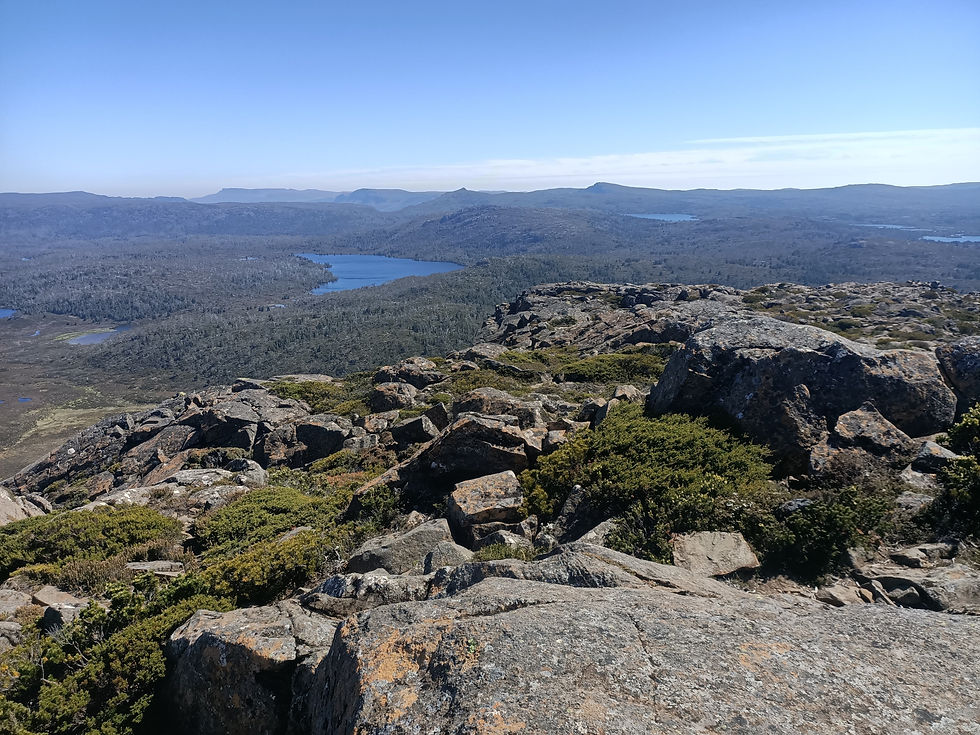
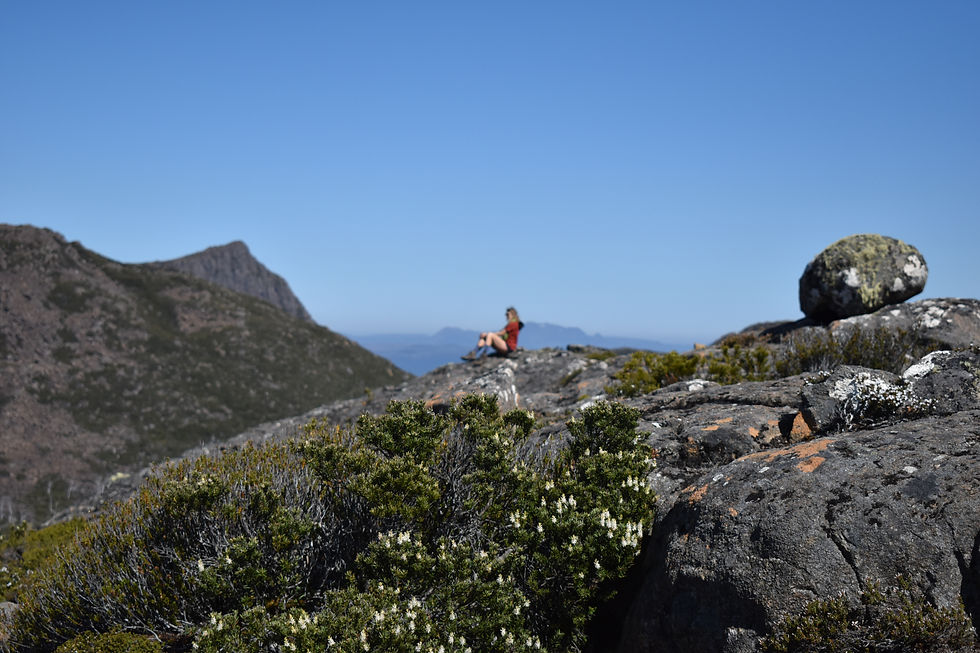
Along wooden boardwalks covered with mesh to prevent a slip we walked. We came across local rangers who willingly received our questions. What constituted Alpine vegetation? And what happened to those once living stands of pines we asked? Their dignified wooden trunks, lifeless yet wise, relentlessly holding their position strong amongst the low-lying scrub of these regions so high above the level of the sea.
At a later date, I learnt that Alpine vegetation grows between the highest tree line and the lower margin of snow or Nival Zone, which as it turns out hard to define in Tasmania. No wonder the cheery and knowledge Rangers could not give us a definitive answer. We learnt about the susceptibility of these pencil pines to fire – palatable evidence of slow regrowth succession with lifeless ancient trees burnt in the 1930’s and few evident in replacement. Plants growing in the Tasmanian Alpine Wilderness so slowly that in burnt places, skeletons often remain the dominant features of the landscapes.
On this journey we had time, to learn about each other and the world around us. Time to sit in the forest beside trickling streams suitable for the filling of bottles. A feeling of calm and peace within these ancient pines palatable. Thick like a sweet smear of lemon butter on a crusty slice of sourdough toast, smells gloriously filling the kitchen. We walked back and forth through elder pencil pines – taking small trips up trails to explore peaks giving views to distances our feet could not walk. Ancient thickets aged at over 1000 years.
We mused about the biological ecosystem engineers in the form of cushion plants spotted across the landscape. These hardy plants modifying water flow and slowing drainage high up in the Central Highlands, thriving on, and also helping to create the slow flow of water trickling through the landscape, a product of damp mornings, drizzling rain or melting snow. These species who hug the ground and are densely packed act as successors for recovery of regions modified previously by fire. Their high-altitude allies, the luminously yellow sphagnum moss, forming peaty bogs so important in capturing carbon, clinging low to withstand the whip of the wind and the steady fall of snow.
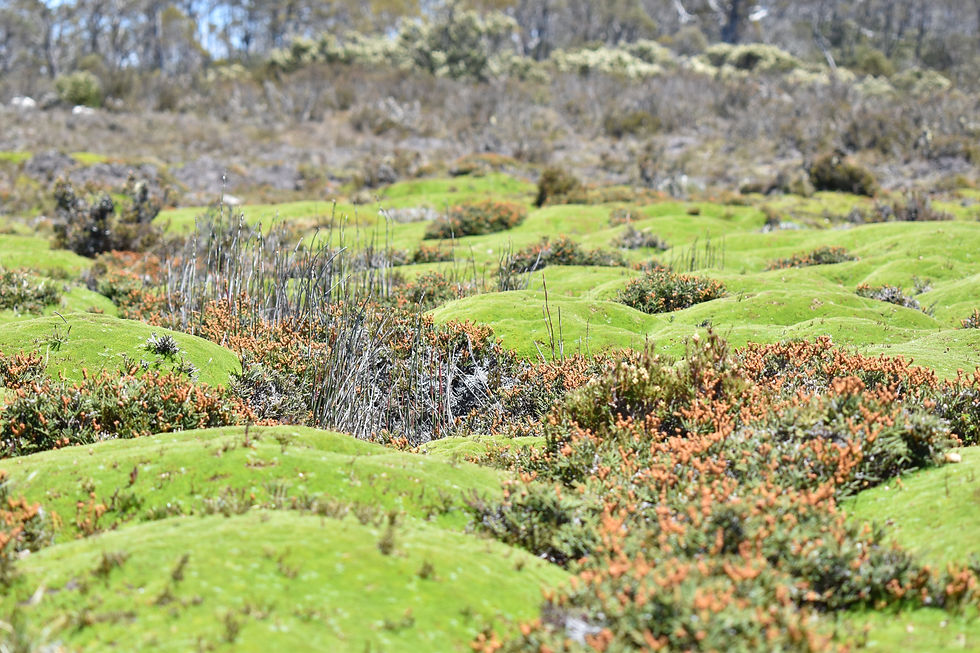
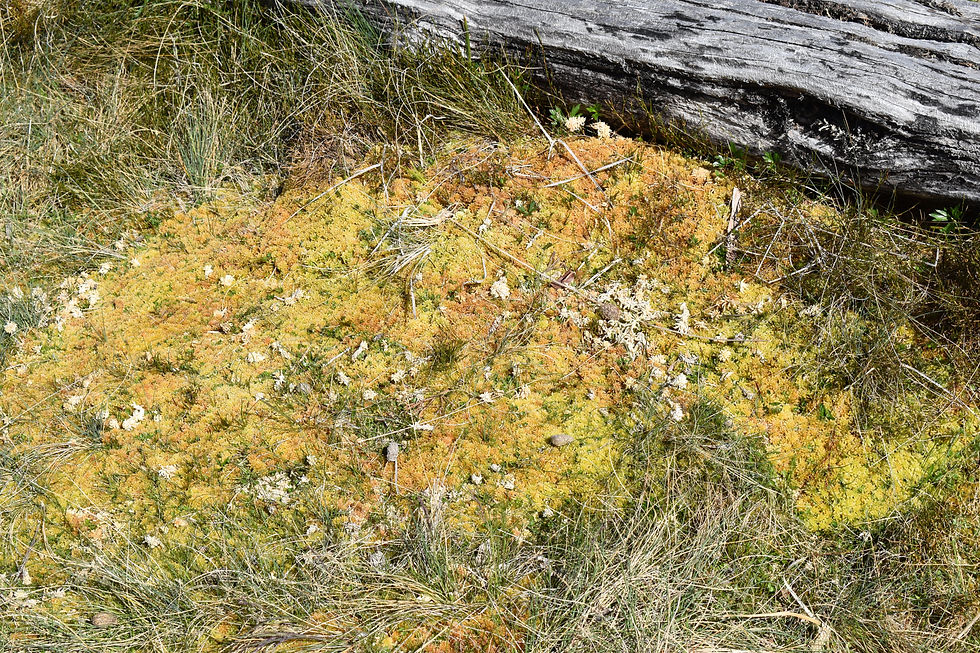
After we had walked up peaks and traversed trails, we rested again at home in our campsite. A couple of beers chilled in the bubbling creek, sharing the habitat of tiny alpine shrimps for a few short hours. We reveled in the setting sun and changing of light, dipped in the cool pools and played games together igniting laughter and creativity. We spoke of truths and excitements, got to the core of each other’s humanness. Spending a short but long two nights in the heart of nature, nestled in amongst the pencil pine elders, we soaked up life at Dixons Kingdom Campsite. Daylight hours long, nights cool and crisp.
As we flowed through the phases of a shared journey, the power of the ringing out process unfolded, and our constellation took shape. Merging for a short while on a journey with a collective undercurrent grounded in cherishing nature, be it ancient rocks, distant tarns or the occasional bright red flash of the Waratah. Satisfaction in steps placed across wooden platforms, fallen logs, the heaviest of stones or between cushion plants in a formation similar to a reverse hopscotch. Times of conversation and times of silence.
Here in this flash of time, the nature which surrounded us provided peace mixed with the excitement of new learnings. Maybe in the future when interstellar travel is not a foreign concept, we will liken the feeling to a short stay in a distant galaxy. For now, let's call it the time when we felt we were the only humans on a sphagnum moss and pencil pine planet.
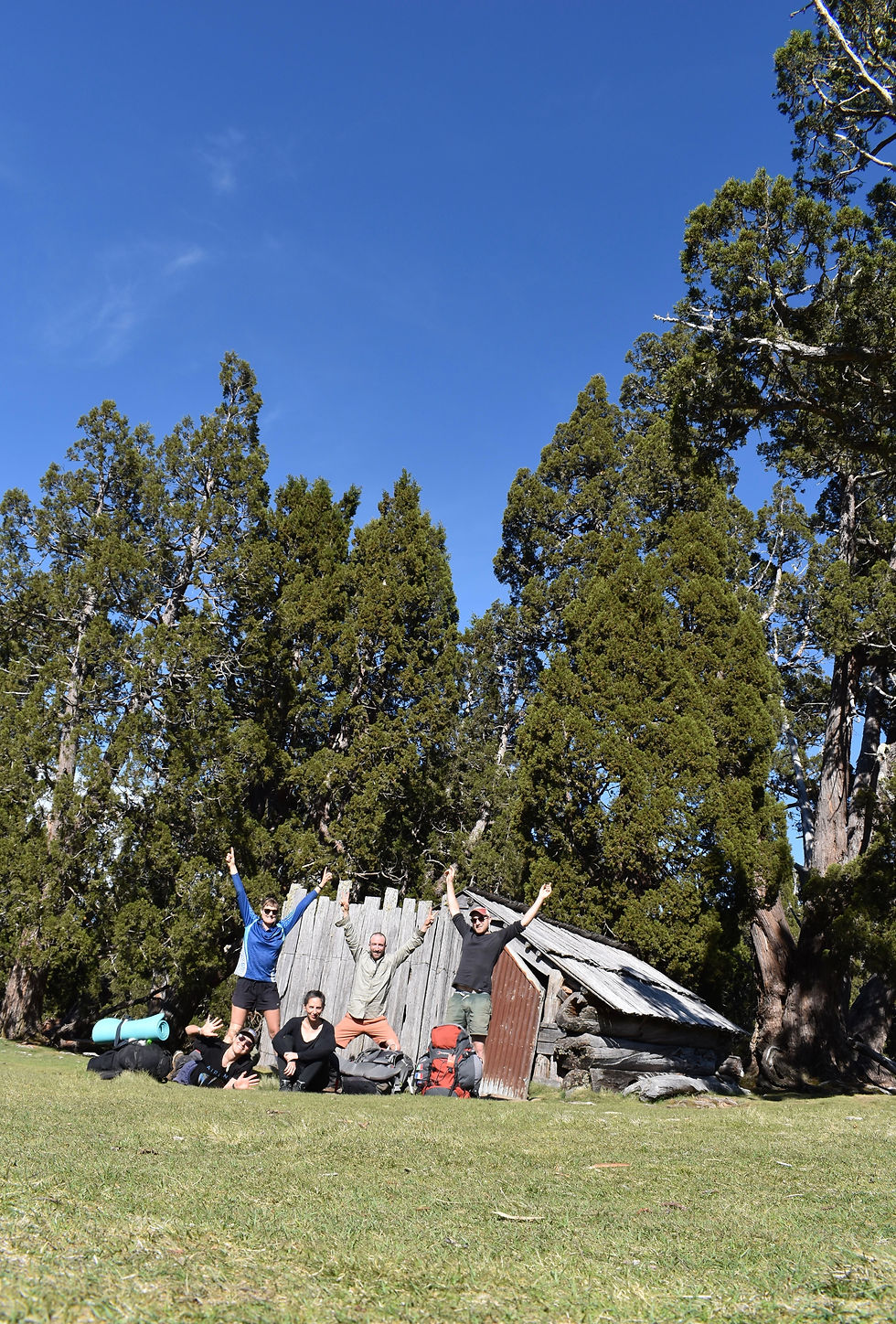
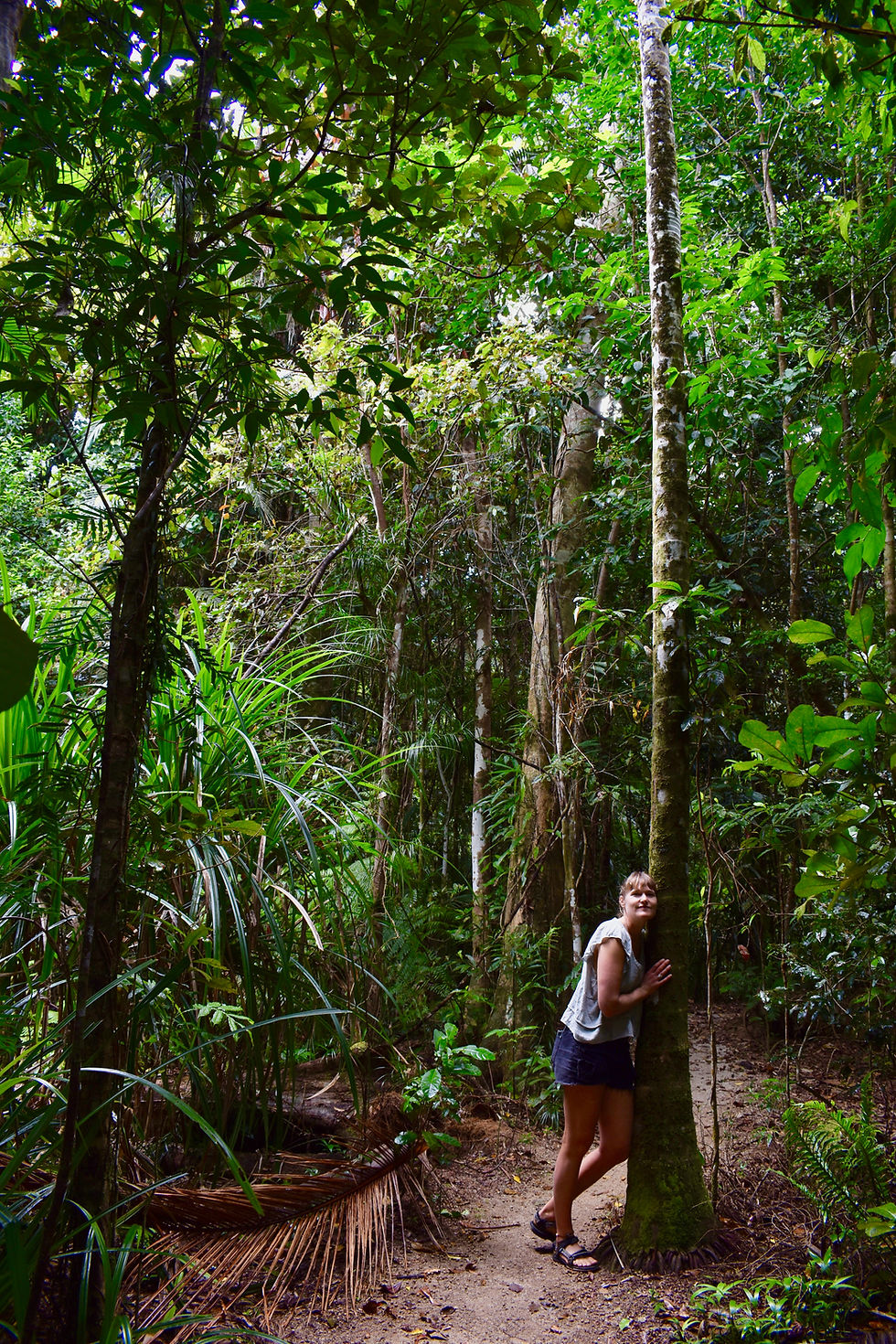

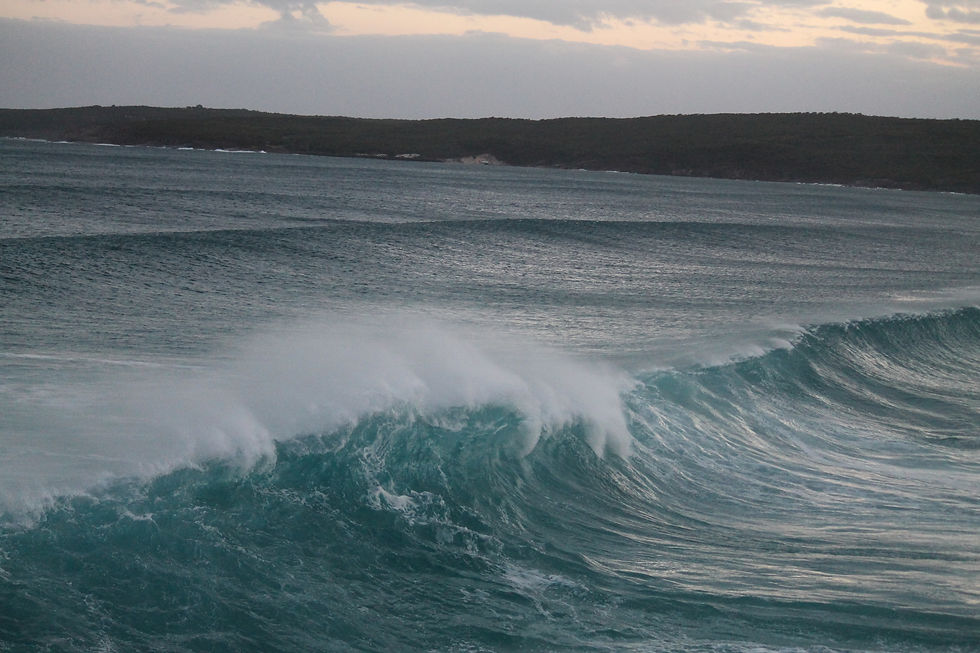
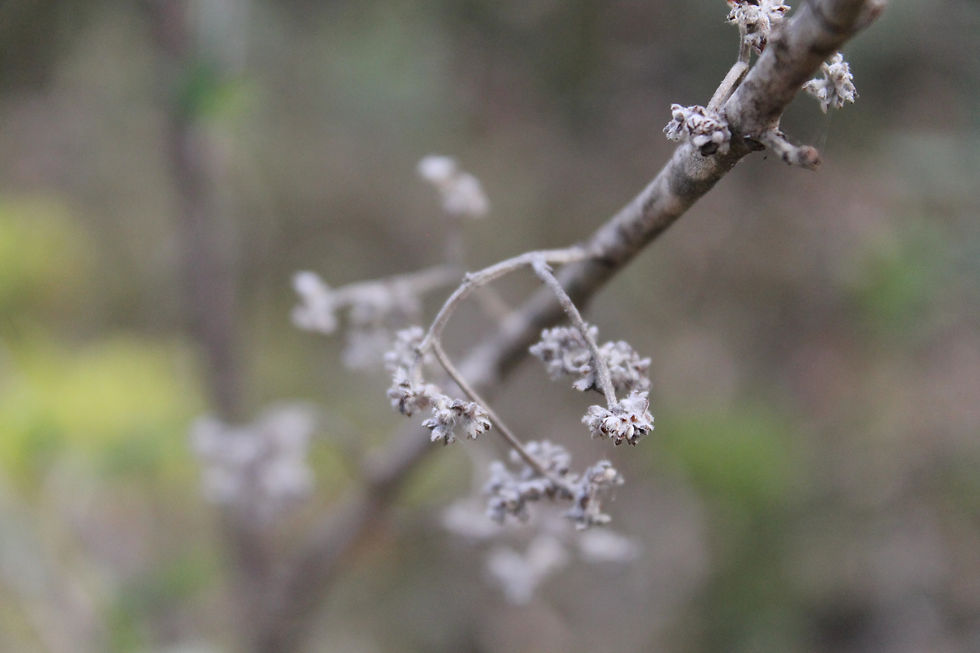
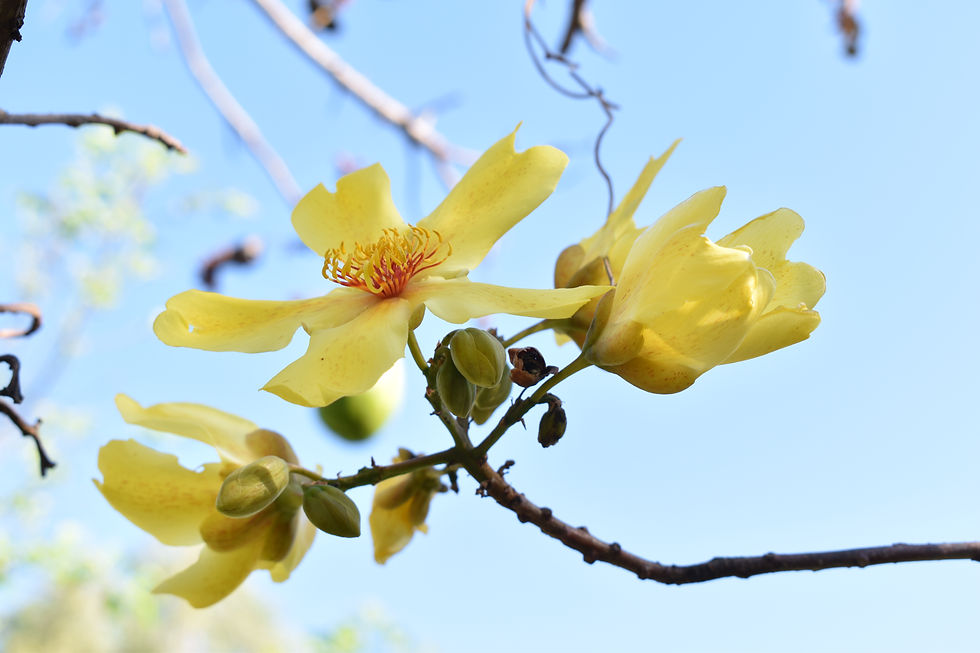
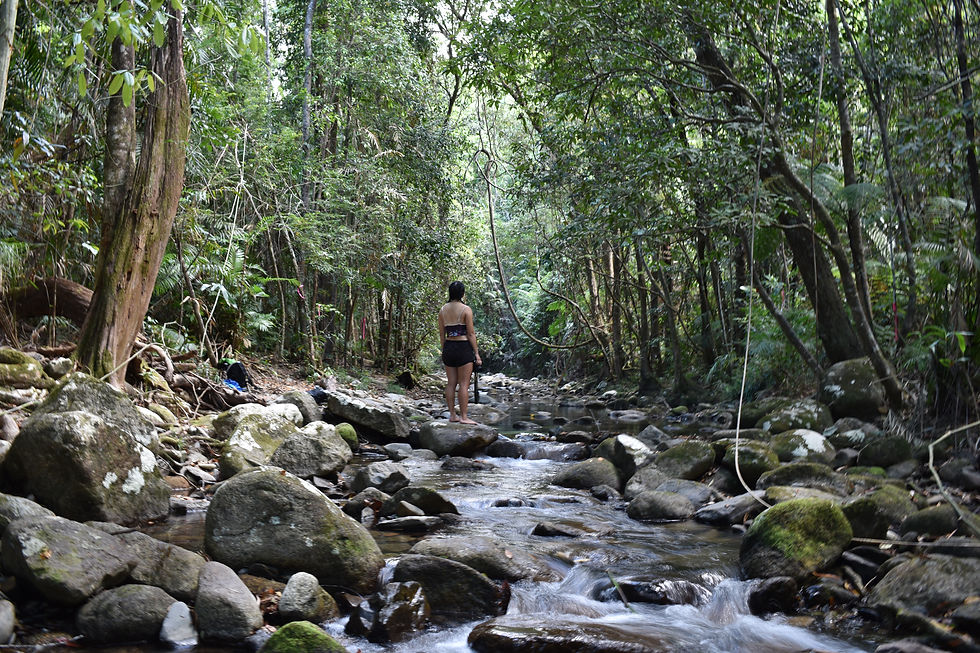
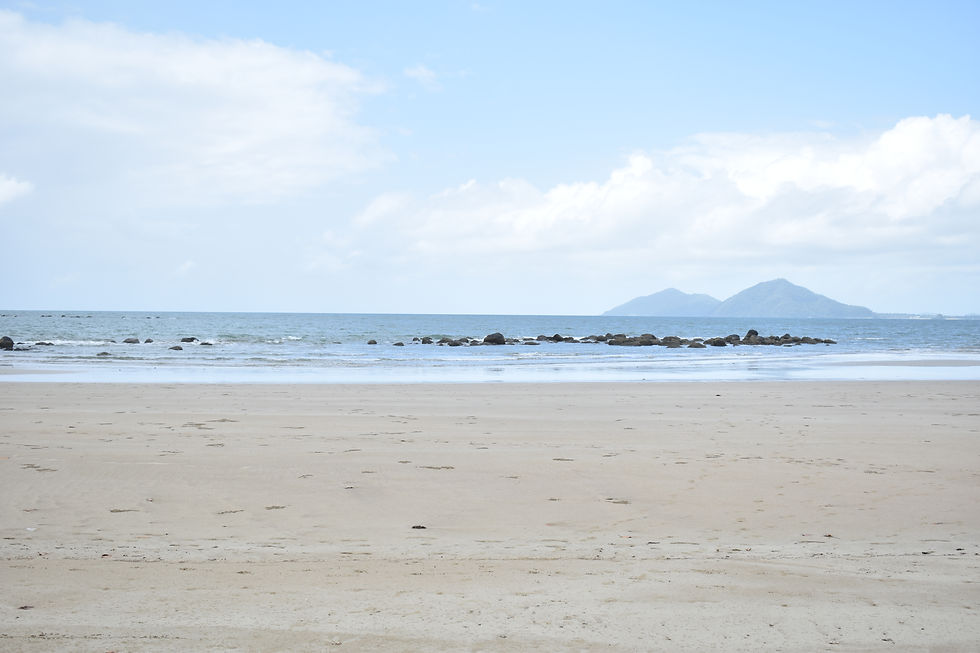

















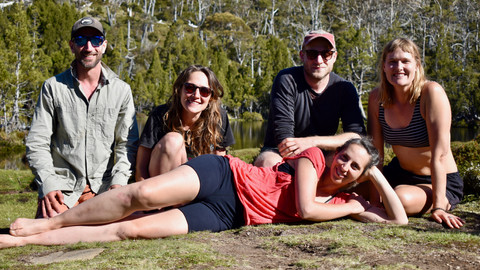











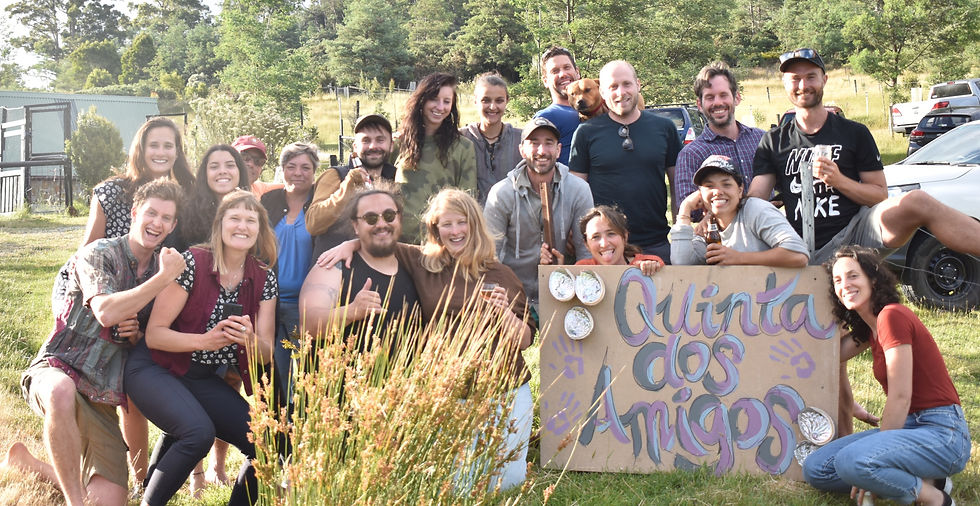
Comments